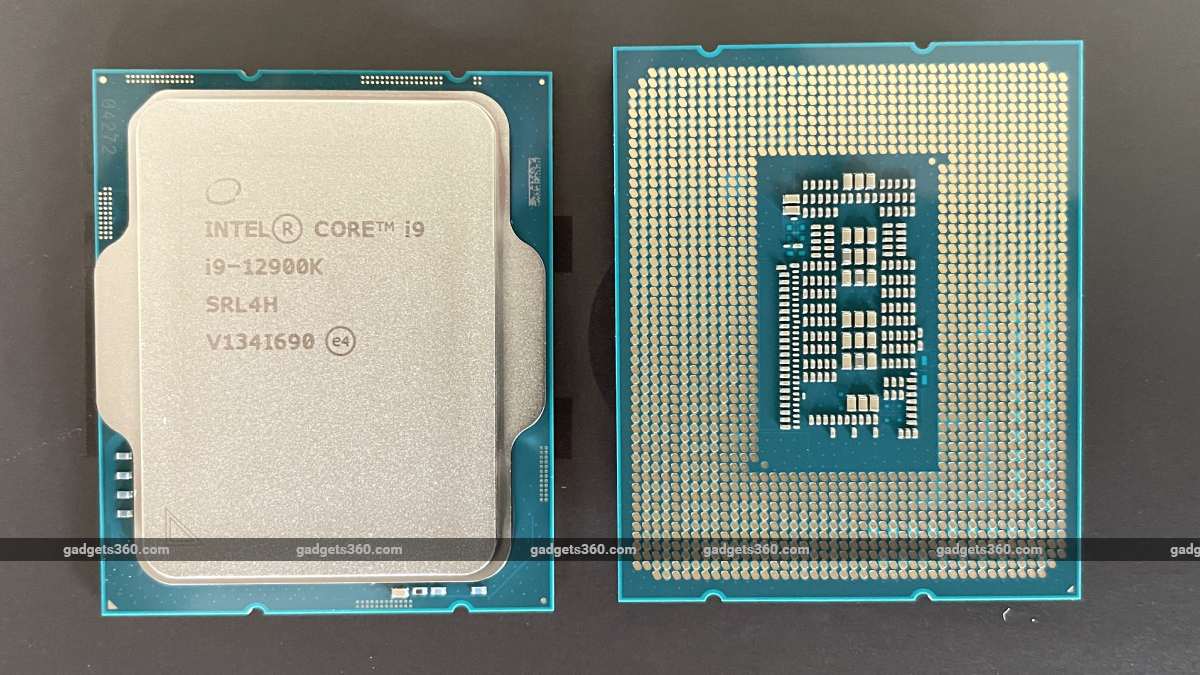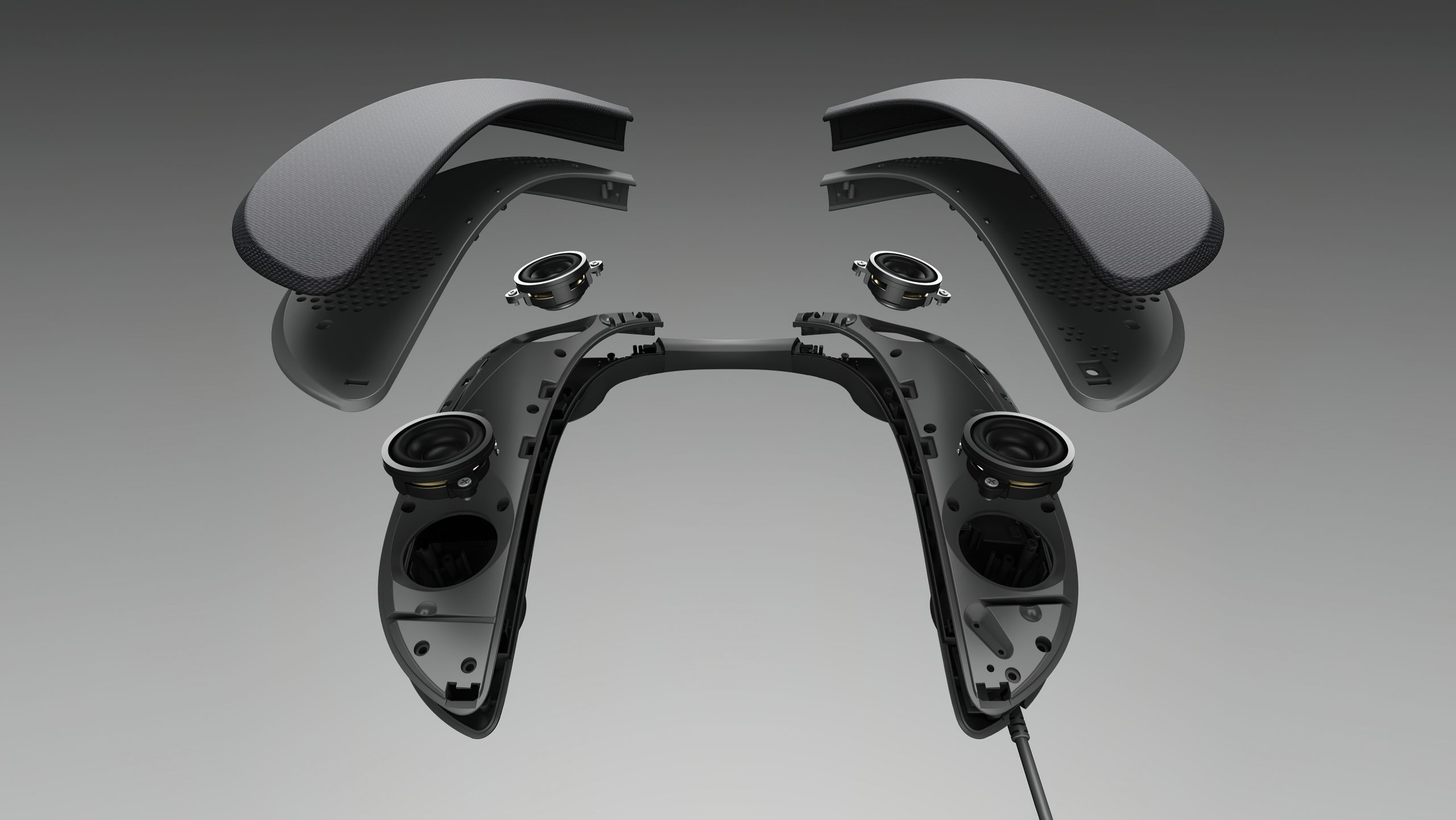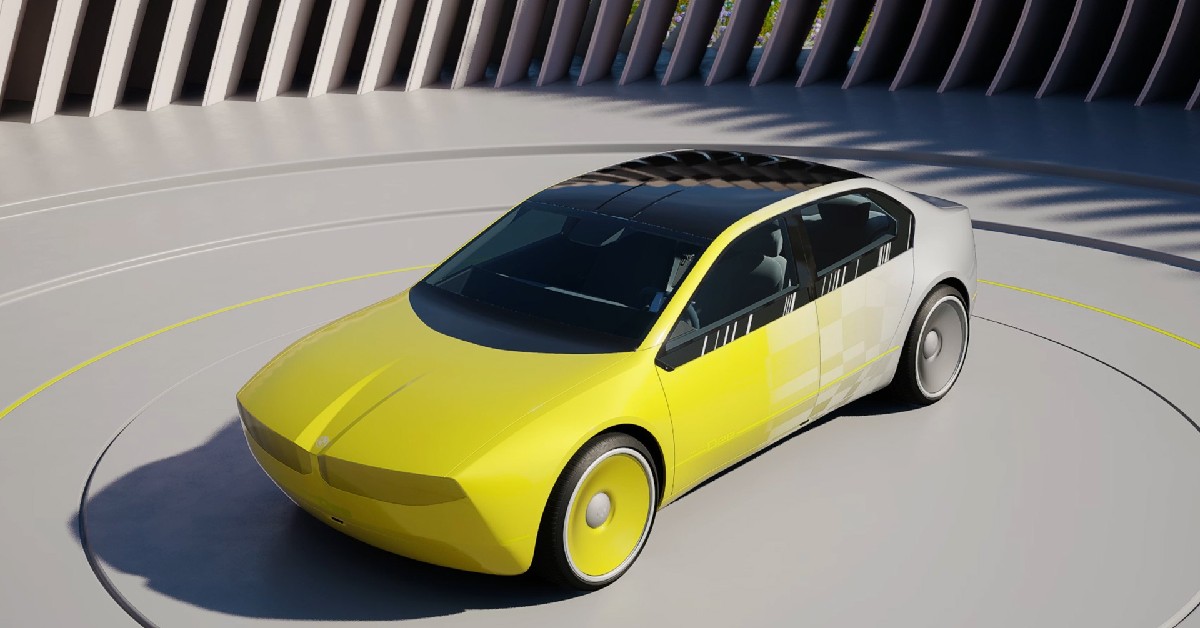Intel Core i9-12900K, Core i5-12600K, Asus TUF Gaming Z690-Plus Wifi D4 Review
There’s a lot to talk about regarding Intel’s 12th Gen ‘Alder Lake’ processors. The company says this is its biggest architectural change in a decade, and if anything, that’s an understatement. Intel frankly hasn’t had anything this new or intriguing to talk about in many years (one decade ago is when the much-loved ‘Sandy Bridge’ generation debuted), and it’s almost like wiping the slate clean. Now, the company gets to start fresh after years upon years of problems that snowballed into each other even as sole rival AMD has been notching up success after success. The 12th Gen Core family pulls off a jump in performance thanks to the combined strengths of two different types of cores, a native design for a 10nm manufacturing process, and a brand new platform that leverages new high-speed interconnect standards.
Intel is kicking off the 12th Gen product roadmap with flagship desktop CPUs for gamers and enthusiasts – a big departure from the company’s focus on thin-and-light laptops for the past several years. All the CPUs that have launched so far are unlocked and overclockable, which tells you who they’re aimed at. More mainstream options for everyday work will be announced early next year.

We’ve come a long way from quad-core CPUs at the top end just a few years ago, and it’s all thanks to competition. With up to 16 cores (and 24 threads), Intel might now seem to be competitive with AMD’s 16-core desktop flagship, the Ryzen 9 5950X. Things aren’t quite that simple though, since heterogenous cores can’t really be compared. Still, Intel is promising an impressive 19 percent performance gain compared to the previous generation and there are benefits with regard to power efficiency to be explored as well.
Here’s an in-depth look at the 12th Gen Core ‘Alder Lake’ CPU architecture as well as our benchmark test results and analysis of Intel’s new push into the performance and gaming enthusiast PC market.
![]()
12th Gen Intel Core CPUs are physically larger than their predecessors, requiring a new LGA1700 socket
Intel 12th Gen Core ‘Alder Lake’ architecture and specifications
The 14nm node saga, which has stretched on since the introduction of the Broadwell (5th Gen Core) die shrink in 2014, is finally over and done with, at least as far as Intel’s desktop CPUs go. The 11th Gen ‘Rocket Lake’ family was a 10nm design backported to 14nm in order to get it into customers’ hands amid ongoing 10nm production constraints, and now hopefully those have been solved for good.
Intel calls its current 10nm process implementation ‘Intel 7′, which is a pretty blunt attempt to position it as technologically on par with competitors’ mature 7nm efforts. At this scale, the sizes of individual transistors aren’t necessarily reflected by such names, and with a move to modular tile-based CPU designs, they don’t all have to be the same size anyway. Nevertheless, ‘Intel 7′ tells us that the company has renewed confidence in its own fabs and foundries, even as we see news that the next-generation node will also be delayed.
The bigger news is that Intel has now separated its architecture and manufacturing efforts to the point that it can mix and match different bits of a CPU’s components such as cores, the integrated GPU, cache memory, IO logic, security subsystems, and more. Different implementations of ‘Alder Lake’ for different target markets, ie desktop PCs, laptops, and ultra-mobile devices, will have different combinations of these components.




